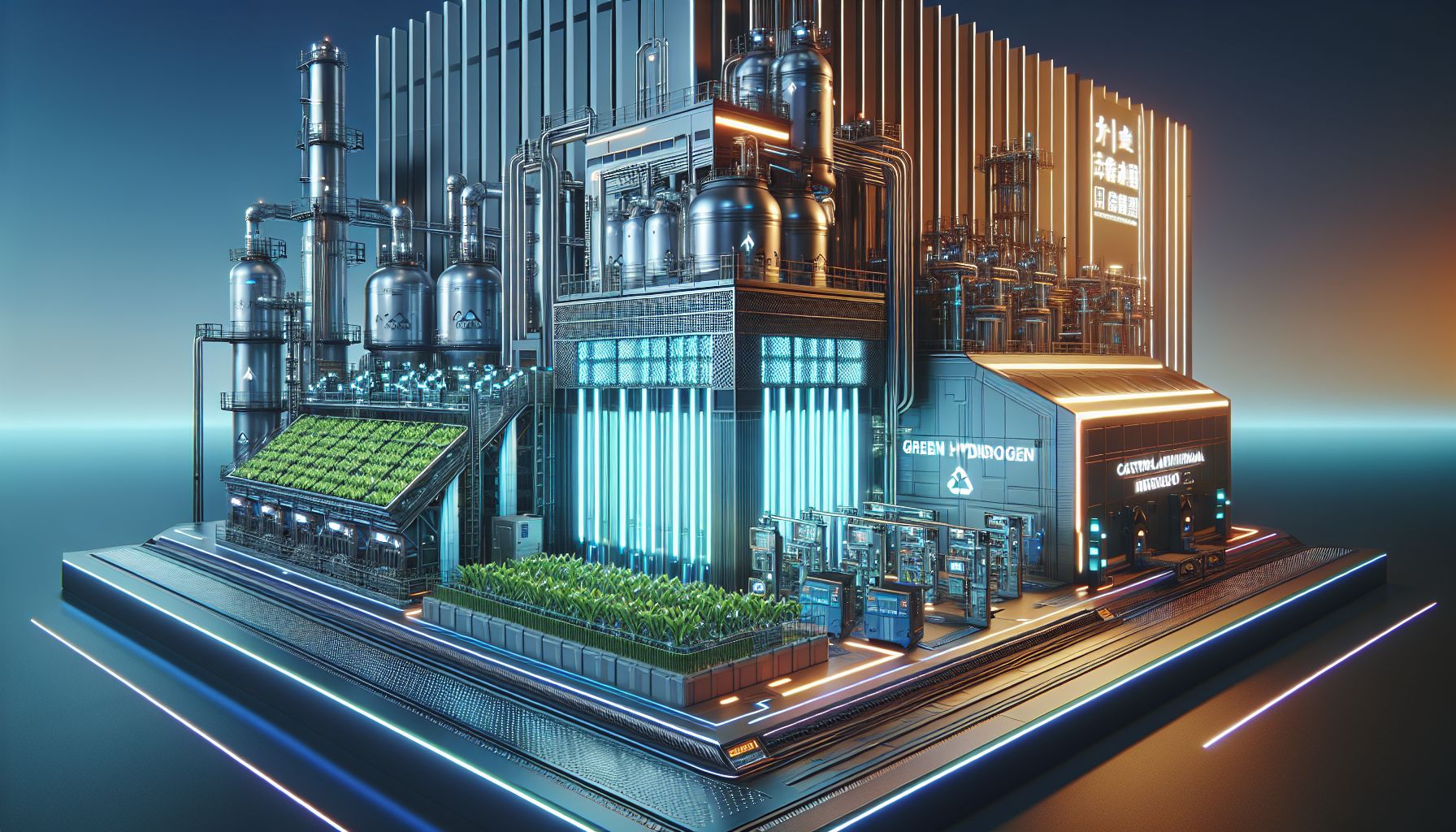China's Bold Plan: Turning Waste into Green Hydrogen by 2060

Beijing, Monday, 31 March 2025.
China aims to transform agricultural waste into green hydrogen, producing 25 million tonnes annually. This supports its carbon neutrality goals, potentially reducing CO₂ emissions by 200 million tonnes.
Revolutionary Waste-to-Hydrogen Technology
I’m excited to share how China is pioneering an innovative approach to green hydrogen production. Through biomass gasification of over 700 million tons of annual agricultural waste, the country could generate up to 25 million tons of hydrogen yearly [1]. When combined with alkaline water electrolysis powered by renewable energy, this could yield an additional 20 million tons of green hydrogen, significantly reducing carbon emissions [1].
Economic Implications and Market Projections
The economic potential is staggering. According to recent projections by the Chinese Academy of Sciences, the green hydrogen sector could generate between 2-3.4 trillion yuan in annual value by 2050-2060 [3]. This transformation is already gaining momentum, with pilot projects showing promising results in regions like Sichuan and Inner Mongolia [1]. The sector’s growth is further supported by rapid advancement in renewable energy technology, as China expects to achieve 1,300 gigawatts of combined wind and solar capacity by the end of 2024 [7].
International Collaboration and Development
China isn’t pursuing this green revolution alone. Recent developments show active international cooperation, including strategic partnerships with Saudi Arabia in green hydrogen development [4] and knowledge-sharing initiatives with Morocco focused on hydrogen and carbon energy cooperation [6]. These collaborations demonstrate China’s commitment to building a global green hydrogen ecosystem.
Technological Innovation and Policy Support
The transformation is being accelerated by continuous technological breakthroughs. At the recent Fourth China International Hydrogen Energy and Fuel Cell Industry Exhibition, companies showcased cutting-edge technologies, including new-generation 4000 standard cubic meter alkaline electrolyzers [2]. The government is actively supporting these developments through policy frameworks and strategic planning, though experts note that robust certification systems will be crucial for ensuring market competitiveness [1].
Bronnen
- energynews.biz
- www.tanjiaoyi.com
- www.chinaautoms.com
- news.bjx.com.cn
- www.sinopecnews.com.cn
- www.rfi.fr
- energynews.pro